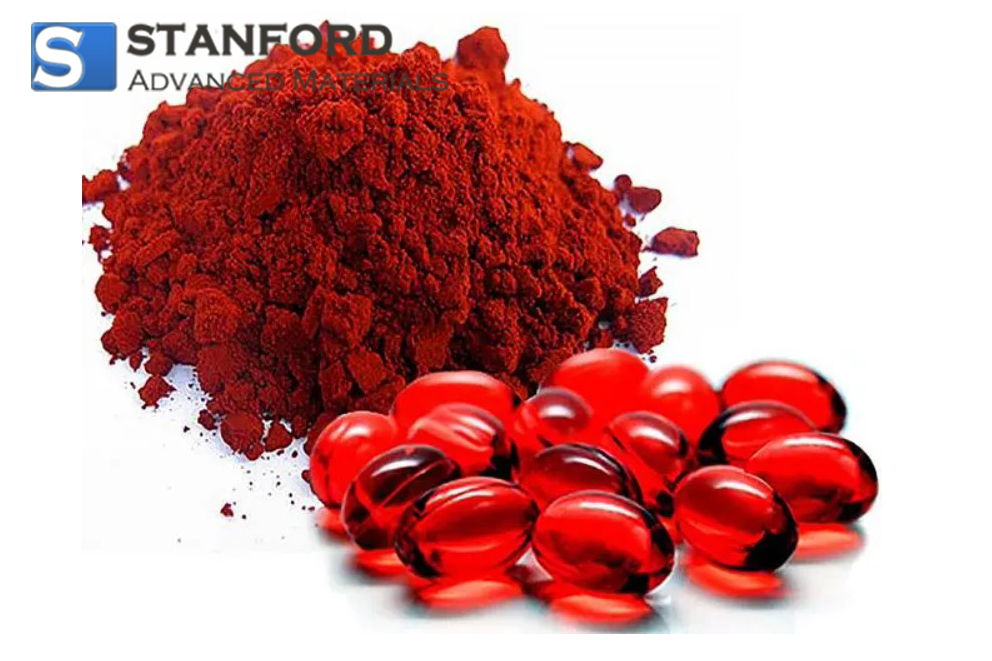HA4914 Astaxanthin Powder
| Catalog No. | HA4914 |
| Synonyms | Trans-Astaxanthin |
| Source | Haematococcus Pluvialis |
| Keywords | H. pluvialis could, anti-cancer, relieve fatigue |
Astaxanthin is widely found in nature, such as most crustaceans and carps, with leaves, flowers, fruit, and flamingo feathers.
Related products: Vitamin B3 Nicotinamide Powder, Silybum Marianum Extract Powder
Astaxanthin Description
Astaxanthin is widely found in nature, such as most crustaceans and carp, with leaves, flowers, fruit, and flamingo feathers. Astaxanthin has a variety of physiological effects, such as anti-oxidation, anti-tumor, cancer prevention, immunity enhancement, and vision improvement.
Astaxanthin is a carotenoid nutrient and is best known for its the strongest antioxidant in the natural world, astaxanthin is always linked with protecting the cell membrane and enhancing general well-being. Its antioxidant capacity is 500 times stronger than Vitamin E, 10 times stronger than beta-carotene, and 7 times stronger than lycopene. Astaxanthin is naturally derived from Haematococcus Pluvialis microalgae, cultivated in enclosed photo-bioreactors, with higher purity and consistency.
Astaxanthin Specifications
| Product Name | Astaxanthin |
| CAS Registry Number | 472-61-7 |
| Molecular Formula | C40H52O4 |
| Molecular Weight | 596.84 |
| Purity | 1-10% |
| Appearance | Crimson powder |
| Package | 1kg-25kg |
| Shelf life | 2 years |
| Functions | Anti-oxidation, anti-cancer, anti-inflammation, relieve fatigue |
Astaxanthin Application
- Cosmetics and Skincare: It fights skin aging by reducing wrinkles and protecting against UV damage, making it a popular ingredient in anti-aging products.
- Dietary Supplements and Functional Foods: Astaxanthin supports eye and cardiovascular health, improves endurance and recovery in athletes, and is included in health-focused foods and supplements.
- Aquaculture: As a fish food additive, it enhances the color and nutritional value of farmed fish, promoting better health and growth.
FAQs about Astaxanthin
Q: How Do You Use Astaxanthin Powder?
A: Add it to smoothies, juices, or capsules for dietary supplements. It can also be mixed into skincare products or animal feed based on your needs.
Q: What Are the Side Effects of Astaxanthin Powder?
A: Generally well-tolerated. Possible side effects include mild digestive issues or allergic reactions in rare cases. Always follow recommended dosages.
Q: Is Astaxanthin Hard on the Liver?
A: Astaxanthin is not typically harmful to the liver when taken as directed. Its antioxidant properties may even support liver health. Consult a healthcare provider if you have liver concerns.
Q: Does Astaxanthin Interfere with Sleep?
A: Astaxanthin does not typically interfere with sleep. Some users may experience improved sleep quality due to its overall health benefits.
Q: How Long Does It Take for Astaxanthin to Work?
A: Visible effects may appear within 4-12 weeks of consistent use, depending on the specific benefits sought, such as skin improvement or eye health.
LATEST RECOMMENDED
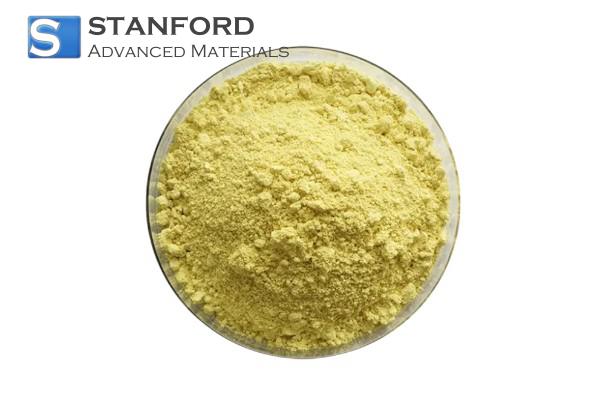
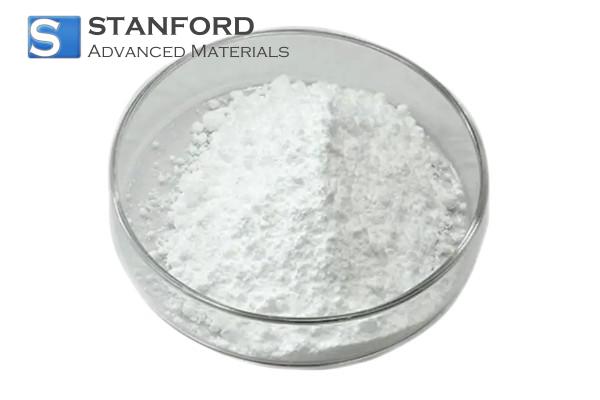
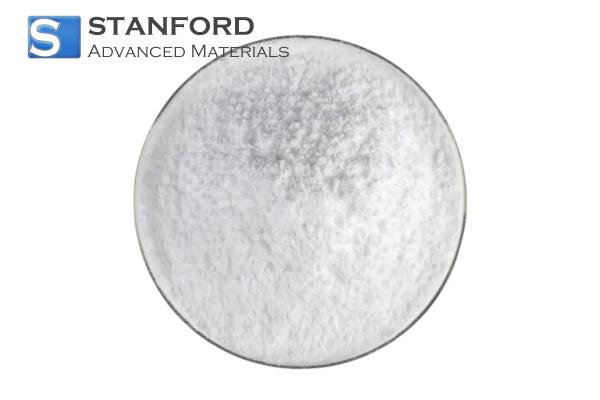
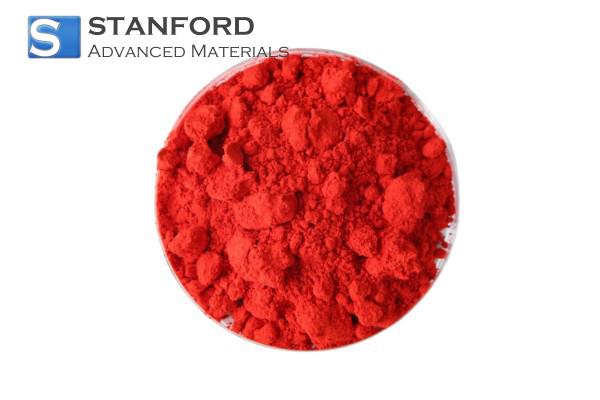
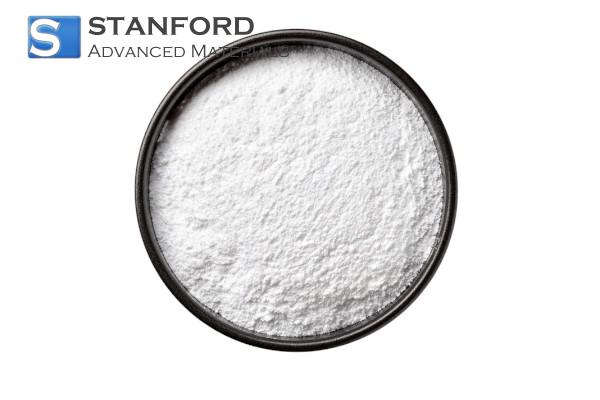
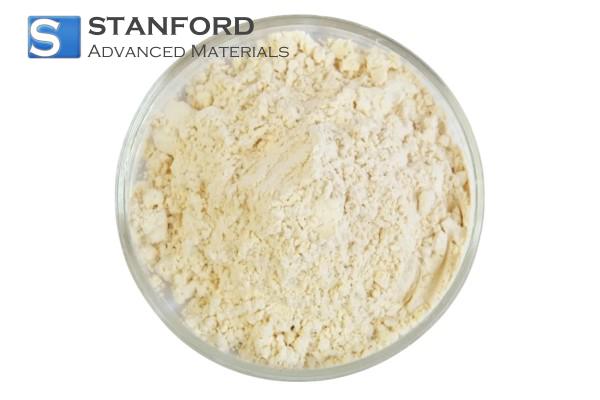
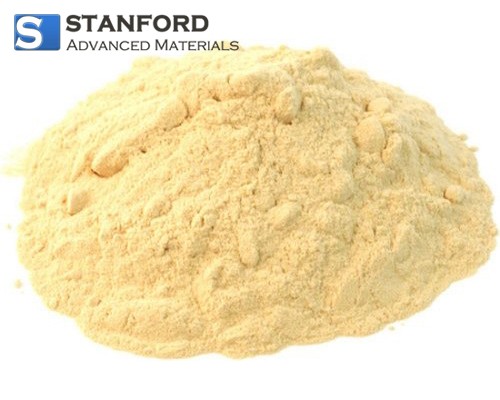
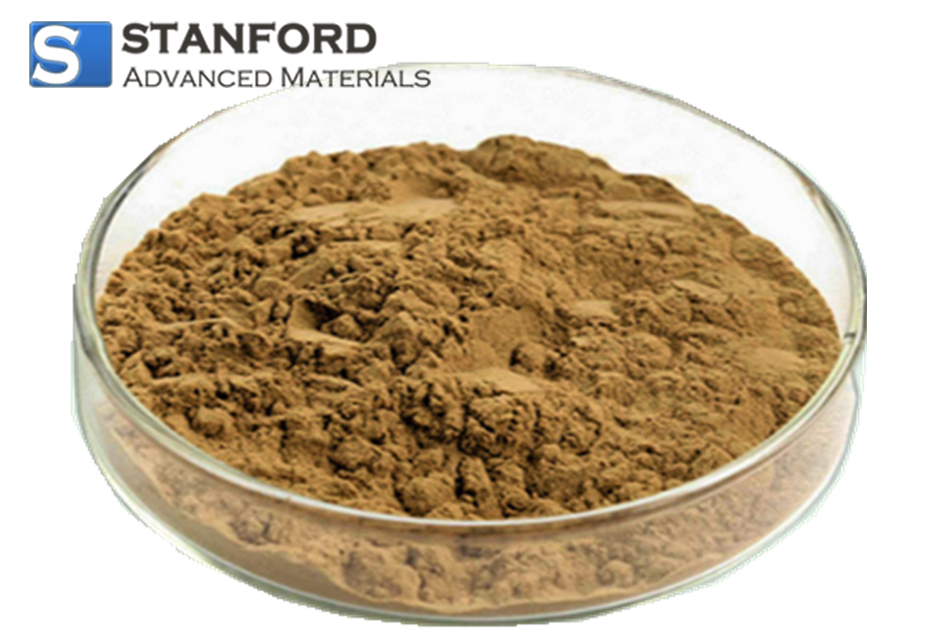
GET A QUOTE
Send us an Inquiry now to find out more Information and the latest prices,thanks!

